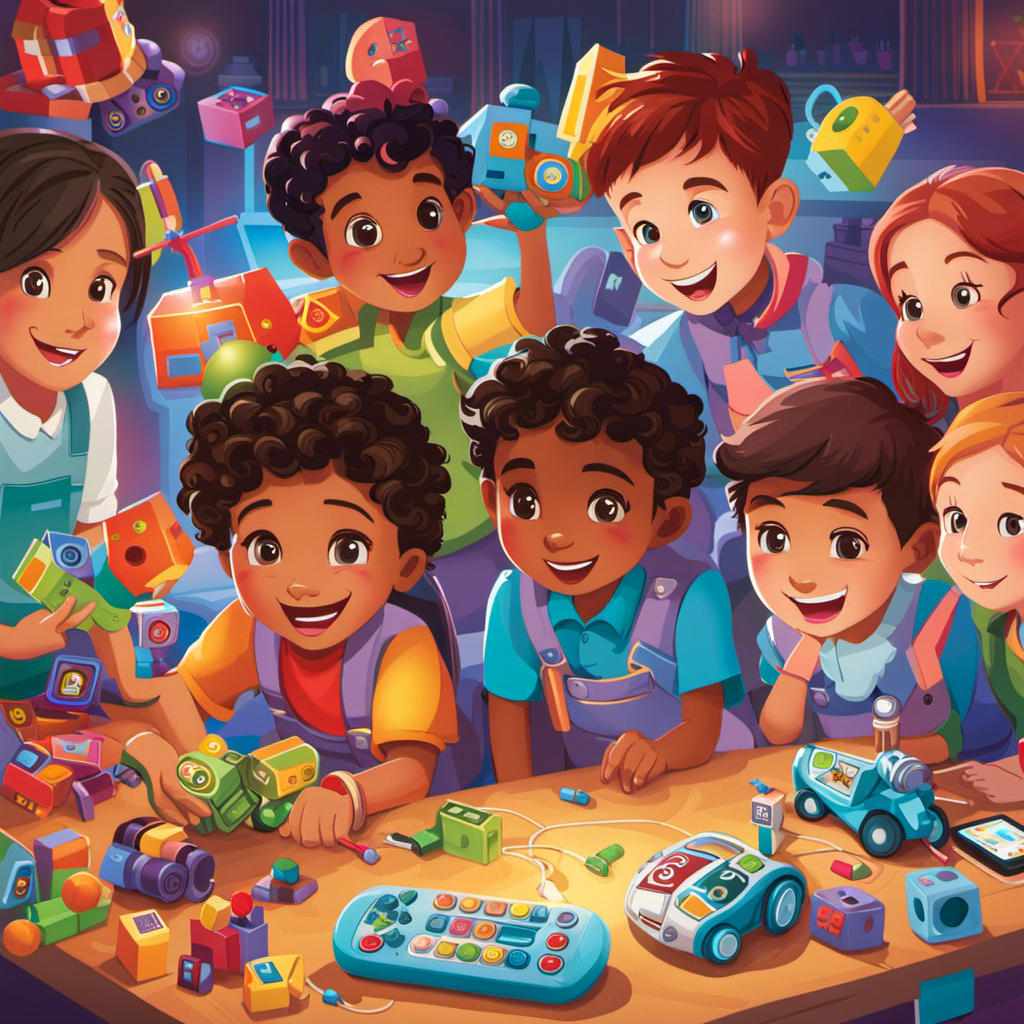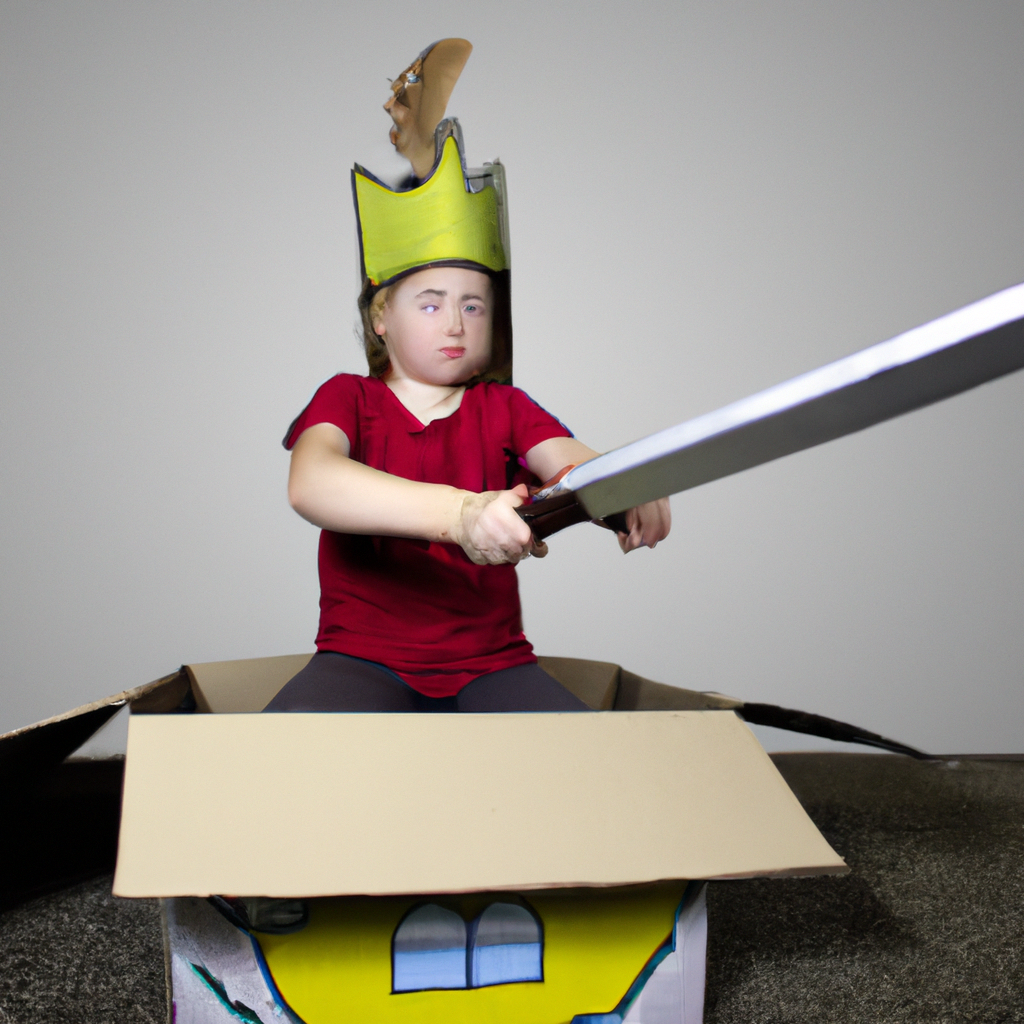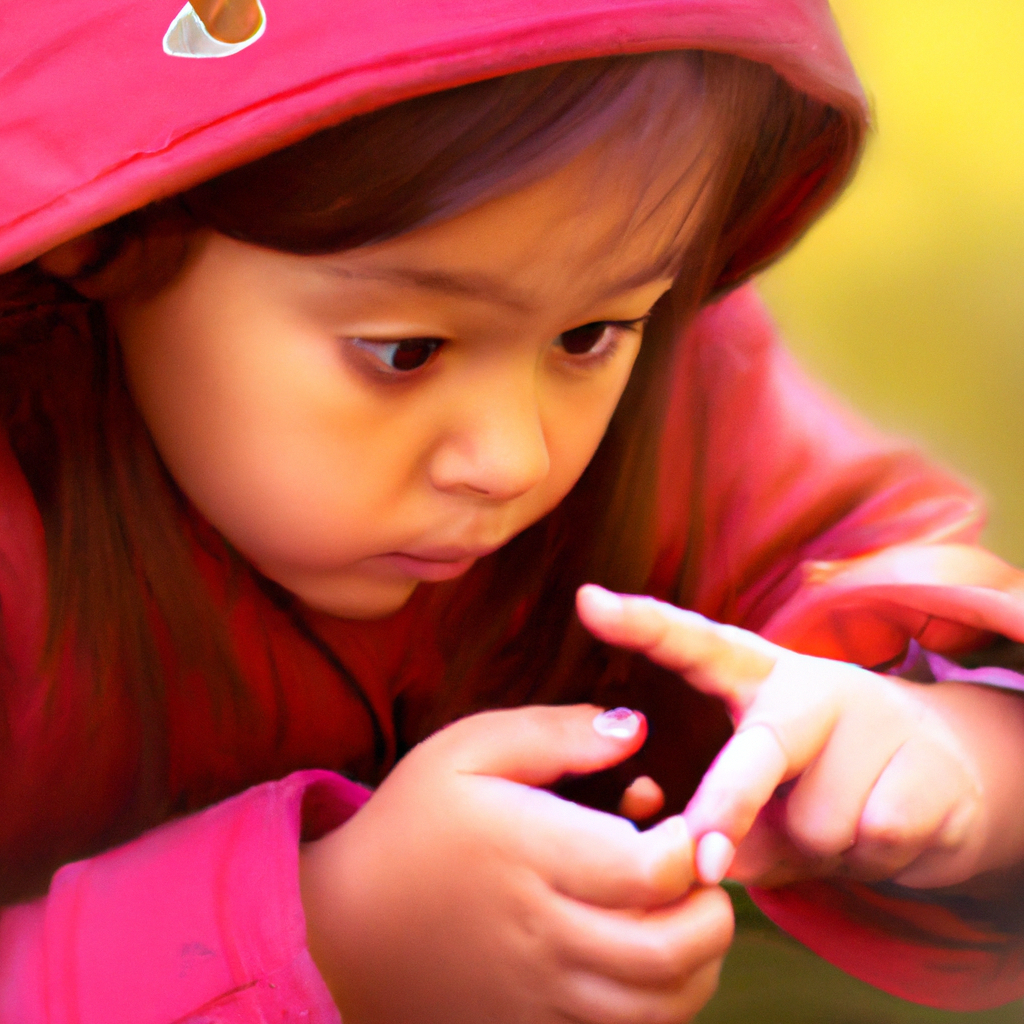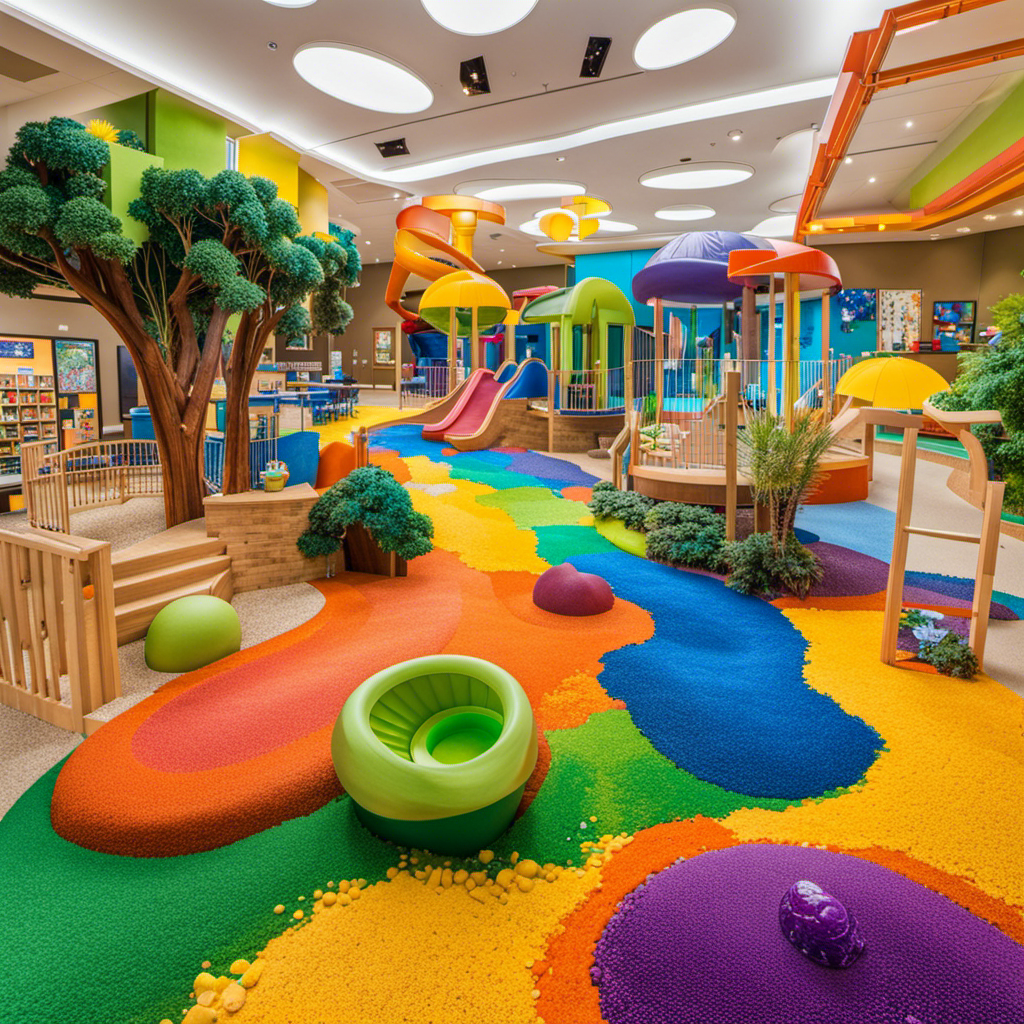As a parent, I often look for ways to encourage my child’s independence and growth. It’s like watching a tiny seedling grow into a strong, resilient tree.
In this article, we will explore the importance of independent play in child development and discover practical strategies to inspire independence in our little ones. From empowering them to make decisions to embracing mistakes as learning opportunities, we will dive into the world of open-ended toys, outdoor play, and fostering a growth mindset.
Join me on this journey of boosting kids’ independence and nurturing their potential.
Key Takeaways
- Providing opportunities for decision-making and independence in play can foster creativity, problem-solving skills, and resilience in children.
- Allowing children to make mistakes and learn from them helps them develop a growth mindset and learn valuable lessons.
- Encouraging children to take risks and step out of their comfort zones can help them develop resilience and learn from new experiences.
- Teaching responsibility, providing opportunities for leadership, and setting goals can help children develop independence and self-direction.
The Importance of Independent Play in Child Development
Independent play is crucial for a child’s development as it promotes problem-solving skills, creativity, and self-direction.
Research has shown that when children engage in independent play, they are able to explore their own interests and use their imagination to create new worlds and scenarios. This type of play allows them to develop problem-solving skills as they navigate challenges and find solutions on their own.
It also encourages creativity, as children have the freedom to experiment and think outside the box. Additionally, independent play helps children develop self-direction and a sense of autonomy, as they learn to make decisions and take responsibility for their own play experiences.
Providing opportunities for independent play is essential for supporting a child’s overall growth and development.
Enhancing Creativity and Resilience Through Open-Ended Toys
I love how open-ended toys enhance my child’s creativity and resilience. When my child plays with these types of toys, they are not limited by strict rules or predetermined outcomes. Instead, they have the freedom to use their imagination and explore different possibilities. This fosters their creativity and allows them to think outside the box.
Additionally, open-ended toys require my child to problem-solve and adapt, which builds their resilience. They learn to face challenges, come up with solutions, and persevere. It’s amazing to see how these toys stimulate their cognitive development and help them develop important skills for the future.
I am grateful for the positive impact that open-ended toys have on my child’s growth and development.
Empowering Kids to Make Decisions and Choices
Encouraging my child to make decisions and choices empowers them to develop important life skills. Giving them the opportunity to choose their clothing, food, and activities allows them to practice decision-making and develop a sense of independence. As they grow older, it is important to guide them in making informed choices and teach them how to weigh the pros and cons of different options. By involving them in decision-making processes, we are helping them build confidence and critical thinking skills.
| Benefits of Encouraging Decision-making and Choices |
|---|
| Develops critical thinking skills |
| Builds confidence and self-esteem |
| Fosters independence and autonomy |
| Encourages problem-solving abilities |
Exploring and Discovering: The Power of Outdoor Play
Exploring the outdoors and discovering new things through play allows for a sense of wonder and adventure, which is a crucial aspect of fostering independence in children. Outdoor play provides numerous benefits, including physical exercise, cognitive development, and emotional well-being.
Here are some reasons why outdoor play is important for children’s independence:
-
Encourages curiosity and exploration: Being in nature exposes children to new sights, sounds, and experiences, stimulating their curiosity and encouraging them to explore their surroundings.
-
Promotes problem-solving skills: Outdoor play often presents challenges that require children to think critically and problem-solve, such as navigating obstacles or building a fort.
-
Enhances sensory development: The outdoors provides a rich sensory environment, allowing children to engage their senses and develop their sensory perception.
Incorporating outdoor play into children’s daily routines is essential for their overall growth and independence. It provides them with opportunities to learn, discover, and develop important life skills.
Cultivating a Growth Mindset: Embracing Mistakes as Learning Opportunities
Embracing mistakes as learning opportunities helps foster a growth mindset and encourages personal development. When we view mistakes as stepping stones to success, we open ourselves up to new possibilities and growth. It is important to teach children that making mistakes is a natural part of learning and that it is okay to not have all the answers. To emphasize this point, let’s take a look at a table that showcases the benefits of embracing mistakes:
| Benefits of Embracing Mistakes |
|---|
| Encourages a growth mindset |
| Promotes resilience |
| Develops problem-solving skills |
| Encourages personal growth |
When we embrace mistakes, we teach children important life skills such as resilience and problem-solving. By praising their efforts and providing guidance, we empower them to learn from their mistakes and grow as individuals. This mindset not only helps them in their academic journey but also in all aspects of their lives.
Nurturing Problem-Solving Skills: Guiding Kids to Find Solutions
I guide children to find solutions and nurture their problem-solving skills. Problem-solving is a crucial skill that helps children overcome challenges and develop resilience.
When children encounter problems, I encourage them to think critically and explore different strategies to find solutions. By providing open-ended questions and prompts, I empower them to analyze the situation, brainstorm ideas, and evaluate the potential outcomes.
I also teach them to break down complex problems into smaller, more manageable parts. This approach helps them develop a systematic and logical approach to problem-solving.
Additionally, I encourage children to collaborate with their peers, as teamwork can enhance their problem-solving abilities.
Through guided practice and support, I help children become confident problem solvers who can tackle any challenge they encounter.
Taking Risks and Building Resilience: Stepping Out of Comfort Zones
Taking risks and stepping out of comfort zones is essential for building resilience and developing valuable life skills. Research shows that when we challenge ourselves and face new experiences, we grow and learn.
By taking risks, we learn to overcome obstacles, adapt to change, and become more resilient in the face of adversity. Stepping out of our comfort zones also allows us to discover new abilities and strengths that we may not have known we had. It broadens our horizons and helps us become more confident in ourselves and our abilities.
Instilling Responsibility and Helping Around the House
In the previous section, we discussed the importance of taking risks and building resilience in children. Now, let’s shift our focus to another crucial aspect of fostering independence: instilling responsibility and encouraging kids to help around the house.
By involving children in household tasks, we not only teach them practical skills but also instill a sense of responsibility and ownership. It helps them understand the value of contributing to the family unit and develops their self-confidence.
To grab your attention and provide you with some practical ideas, here is a table showcasing age-appropriate chores that children can undertake:
| Age Group | Chores |
|---|---|
| 2-3 years | Putting toys away, wiping spills |
| 4-6 years | Setting the table, making their bed |
| 7-9 years | Sorting laundry, feeding pets |
| 10-12 years | Vacuuming, washing dishes |
| 13+ years | Cooking simple meals, doing laundry |
Developing Leadership Skills: Encouraging Kids to Lead
Encouraging children to take on leadership roles helps them develop important skills like communication and problem-solving.
Research has shown that children who are given the opportunity to lead projects or activities not only gain confidence but also learn how to effectively communicate their ideas and solve problems.
By allowing children to take charge, they learn how to make decisions, delegate tasks, and work collaboratively with others.
These skills are essential for success in school, career, and life.
To encourage leadership in children, parents can provide opportunities for them to lead in various settings, such as at home, in school, or in extracurricular activities.
Setting Goals and Teaching the Value of Persistence
I believe that setting goals and teaching the value of persistence is crucial in helping children develop a strong work ethic and the determination to overcome challenges.
-
Setting Goals:
-
Teach children how to set realistic and achievable goals.
-
Encourage them to break down big goals into smaller, manageable tasks.
-
Teaching the Value of Persistence:
-
Emphasize the importance of sticking with a task even when it gets difficult.
-
Teach children that setbacks and failures are opportunities for growth and learning.
Research shows that goal setting and persistence are key factors in achieving success. When children learn to set goals, they develop a sense of purpose and direction. They become motivated to work hard and stay committed to their tasks.
Celebrating Successes: Fostering a Sense of Accomplishment
Achieving goals and celebrating successes fosters a sense of accomplishment and motivates me to continue working hard. It’s important for parents and educators to acknowledge and celebrate my achievements, no matter how small they may seem. To evoke emotion, let me share a table that showcases the benefits of celebrating successes in a visually appealing way:
| Benefits of Celebrating Successes |
|---|
| Boosts self-confidence |
| Encourages perseverance |
| Inspires a growth mindset |
Frequently Asked Questions
What Are Some Benefits of STEM Toys?
STEM toys have numerous benefits for kids. They enhance problem-solving skills, foster creativity and innovation, and develop critical thinking abilities. They also improve logical reasoning and promote interest in science, technology, engineering, and math.
These toys provide hands-on learning experiences that engage children in fun and educational activities. By playing with STEM toys, kids can develop important skills that will benefit them in school and in their future careers.
How Do Montessori Toys Promote Independent Learning?
Montessori toys promote independent learning by providing open-ended activities that encourage children to explore, discover, and problem-solve on their own. These toys foster self-discipline and concentration, allowing children to engage in activities at their own pace.
What Should Be Considered When Choosing Toys for Children?
When choosing toys for children, several factors should be considered.
First, it’s important to take into account the child’s interests and preferences.
Secondly, age appropriateness is crucial to ensure the toy is suitable for their developmental stage.
Safety features and durability are also important considerations.
Additionally, the educational value of the toy should be assessed, along with its potential for long-term engagement.
How Can Outdoor Play Contribute to a Child’s Growth and Development?
Outdoor play contributes significantly to a child’s growth and development. It allows them to explore and discover new things, fostering curiosity and a sense of wonder.
It also promotes physical activity, improving their coordination, strength, and overall health.
In addition, outdoor play enhances social skills as children interact with others, learning to cooperate, negotiate, and problem-solve.
Furthermore, it cultivates creativity and imagination, as they engage with the natural environment.
Moreover, outdoor play provides opportunities for risk-taking, resilience, and independence, empowering children to navigate challenges and develop essential life skills.
What Is the Importance of Fostering a Growth Mindset in Children?
Fostering a growth mindset in children is crucial for their development. It teaches them that mistakes are learning opportunities and encourages them to embrace challenges.
By praising their efforts, we help them understand that hard work leads to success. A growth mindset also promotes resilience and problem-solving skills, as children learn to find solutions on their own.
It empowers them to take risks, set goals, and celebrate their achievements, ultimately leading to a sense of independence and self-direction.
Avery brings the magic of words to life at Toddler Ride On Toys. As a dedicated writer, she combines her love for writing with her fascination for child development to craft articles that resonate with our audience. With a background in journalism and a knack for storytelling, Avery’s pieces inform, engage, and inspire parents and caregivers.










